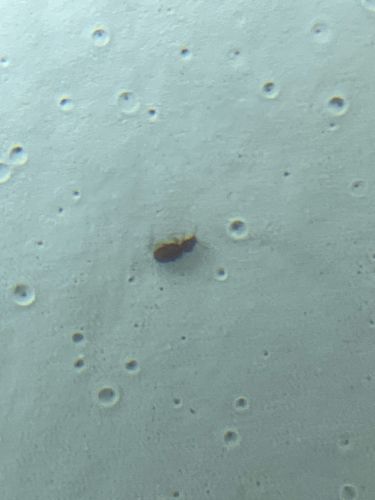Bed Bug
Scientific Name: Cimex lectularius
Order & Family: Hemiptera (order), Cimicidae (family)
Size: 4-5 mm (adults), nymphs are smaller

Natural Habitat
Primarily human dwellings, especially beds, mattresses, bed frames, and cracks in walls or furniture; also found in hotels, dormitories, and other shared living spaces.
Diet & Feeding
Exclusively blood of warm-blooded animals, primarily humans. They feed by piercing the skin and sucking blood.
Behavior Patterns
Nocturnal, typically feeding at night while hosts are asleep. They are very adept at hiding in small crevices and can go for long periods without feeding. Females lay multiple eggs daily after a blood meal.
Risks & Benefits
Potential risks include itchy bites leading to skin irritation, secondary infections from scratching, allergic reactions, and significant psychological distress (anxiety, insomnia). They do not transmit diseases in humans. There are no known benefits.
Identified on: 9/23/2025